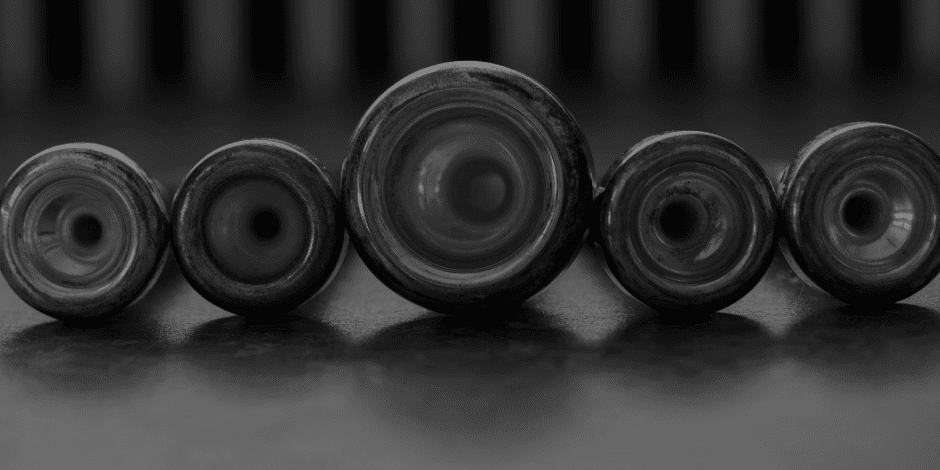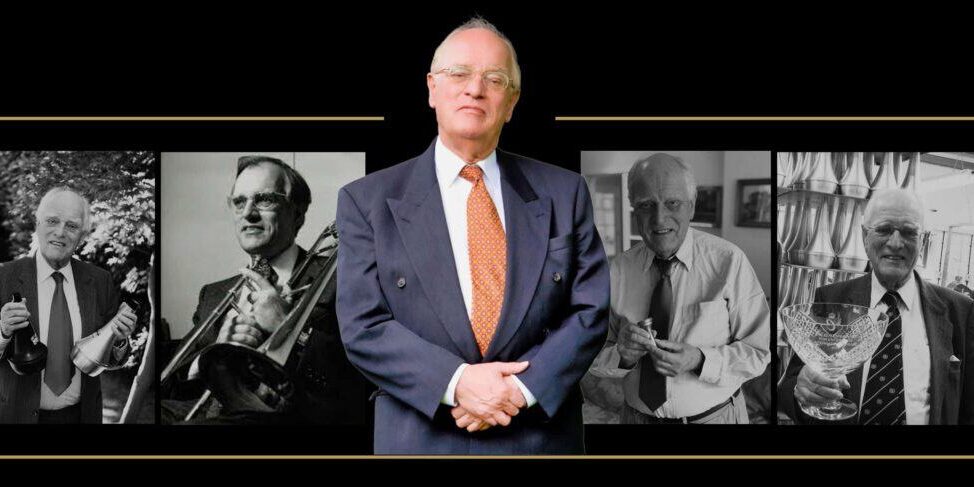For many brass players, the search for the perfect mute is a lifelong quest - a balance between tone, projection, and color. Among the more unusual and revered tools in a brass player's arsenal is the Denis Wick Wooden Straight Mute, known for its rich, dark, and slightly mysterious sound. But where did this unique mute come from? In a recent conversation, Stephen Wick shared the fascinating story behind its creation. It all starts with a bit of old-world inspiration and a legendary film composer.

A Sound Born of Cinema
According to Stephen, the idea for the wooden straight mute came from Denis Wick’s need for a warmer straight mute sound like the wooden mutes imported from Germany in that time. These mutes were rare and expensive, and their sizing often didn’t match the American trombone bells most players were using. In addition, their sound lacked something that Denis needed during his film score recording sessions.
That “something” was a very specific kind of sound - what Stephen describes as “slightly distant, mysterious... otherworldly.” And no one embodied that demand better than Bernard Herrmann, the iconic composer behind scores for Citizen Kane and many of Alfred Hitchcock’s films.
The "Psychological Sound"
As Stephen recounts, Herrmann once turned to Denis during a session and said, “I want that muted sound. I want that psychological sound.” That phrase stuck with Denis Wick. What exactly is a psychological sound? It's not stuffy or muffled, but subtly haunting - a sound that creeps into your subconscious rather than shouting at it.
And so, the Denis Wick Wooden Straight Mute was born - not just as a tool for projection or volume control, but as a sonic character actor, capable of evoking mood, tension, and atmosphere. It was created to deliver that elusive “psychological” tone that Herrmann demanded. A tone that metal mutes, brilliant and piercing as they are, just couldn’t quite capture.
Denis Wick Tips Blog
Sign up for the Denis Wick Tips Blog for our newest advice, discussion, and updates from the Denis Wick Artist Group and community.
Crafting the Perfect Tone
To achieve this signature sound, Denis experimented with different materials. A major breakthrough came with the use of a heavy inner lining made of vulcanized fiber, a tough, resonant material that added a subtle edge to the mute’s tone, under a birch veneer layer.
This fiber lining is crucial. As Stephen explains, it creates an “edgy resonance” that brings the mute to life, enhancing its mysterious quality. It’s not easy to replicate this nuanced tone with other mute types, especially at softer dynamics.
More Than Just a Mute
What started as a response to a composer’s creative challenge evolved into a product with a voice of its own. The Denis Wick Wooden Straight Mute isn’t just a piece of gear—it’s a musical storyteller, born from a deep love of sound and a keen understanding of what music can do to the listener’s imagination.
Whether you're performing a haunting film score or simply seeking a new layer of color in your playing, this mute brings a unique flavor to the table—one that connects performers and listeners on a subtle psychological level. And that, perhaps, is what makes it so special.
Learn More
For more information on all the different "sound options" Denis Wick offers you in our mute and mouthpiece lines, visit your instrument page on deniswick.com.









